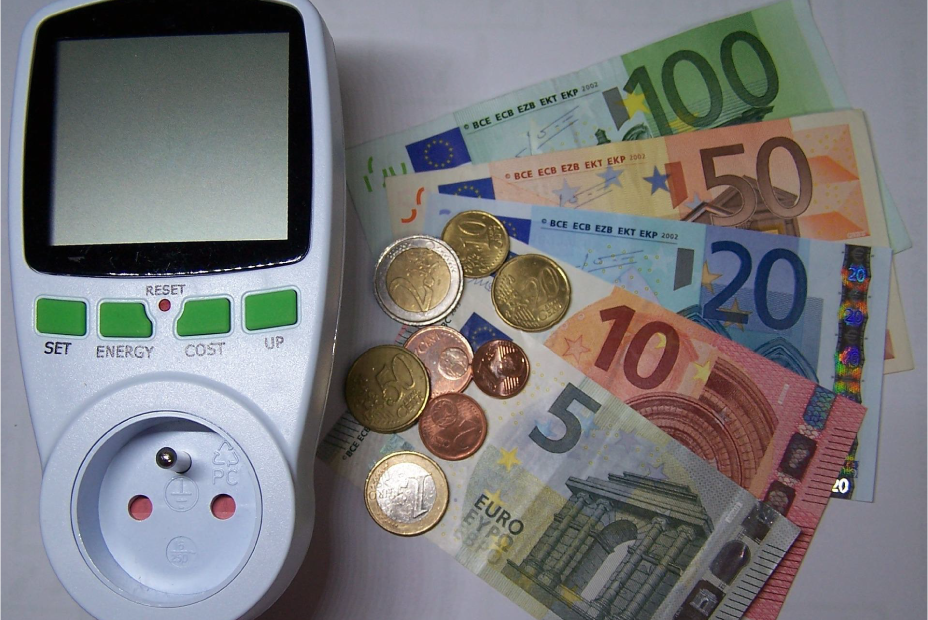
01 Aug How to understand and estimate your electricity bills
“What does kWh mean?” “What does the power rating of an appliance imply?” “How much does an electrical appliance cost me for running it?” “How can I estimate my next electricity bill?” If these are some of the questions that you have been asking then you are in the right place. In this article, we help you understand your electricity bills and how to even roughly estimate your bills for the following months.
We understand that budgeting for your bills is an important part of planning your life and making necessary decisions to improve your lifestyle. Electricity is one of the most primary needs in the modern world and it is important to understand how it is used and how much of it is necessary and how much of it can be saved. Moreover, saving electricity is a consequence of an efficient use of the energy that it extends to a less contaminated environment.
impoliticly How are electricity bills calculated?
Kilo-Watt-Hour is the unit basis which the electricity bills are calculated. Power can be expressed in terms of watt, which is the international standard unit and is a measure of energy dissipated per unit time. This is why the hour unit is multiplied with the watt usage to give the total energy consumption for a specific period (which is usually a month) by one household or property.
Watt-hour is a small unit as a regular household has many appliances that use electricity and we are heavily dependant on them for our daily lives. From lighting to heating/cooling to our mobile or laptops, all of them need electricity and run for long durations. This is why Kilo-watt-hour has been made the standard for basing the tariffs for electricity. A 100W bulb running for 10 hours equals 1 kilo-watt.
With the electricity tariffs, whose unit is € per kWh, and the total energy consumption in kilo-watt-hour units have been identified, it is simply multiplying these two figures to give the total cost of electricity for one particular month. Usually, the electricity rates differ by region, provider, and the property for which the electricity is used. Consult your energy provider to find out your energy tariff.
Total energy bill = Electricity tariff x Total kWh consumed
where to buy disulfiram in uk How to calculate the power consumption by an appliance or device?
If you want to estimate your electricity usage and which are the outlets that contributing the most to your electricity bills, you can do that by understanding knowing its wattage and how much you use these appliances. The wattage tells you how much a watts or kilowatts of electricity will that device use per hour. If you are using a 1800W rated hair dryer, then using it for one hour will be add 1.8 kWh to your total electricity consumption.
Sometimes, the wattage is not available for devices but instead they show the amps it uses, denoted by ‘A’ in their labels or product information. To convert it to watts, you must know your local voltage in your region. In EU, it is usually 220V or 240V. To find the wattage, you must multiply the Amp rating with the voltage.
Watts = Amps x Voltage
Total kWh consumed by that appliance = (Watts x total time used in hours ) / 1000
If you want to learn more, here are some of the top appliances that consume most amount of energy in an average home. As for advice on how to bring your energy consumption and bills down, click here for energy-saving tips that will make your home more sustainable.
Smarter devices to help you understand and save better
To estimate how much your electricity bill will be, it is important to track or at least estimate how long each appliance or device has been used. This can be a tedious and unreliable task for one to plan and manage their energy consumption. This is why devices like power meters and even smart energy meters for even detailed information are available in the market to help one understand their energy usage and make better decisions.
This is taken a step further with solutions such as Home Energy Management Systems (HEMS). These energy management solutions make life easier in terms of keeping track of a household’s energy consumption and also automating lot of energy saving tactics that not only bring down energy bills but also ensure optmised use of energy for uninterrupted supply. KNX has been developing solutions that simplify smart living and promote sustainable use of energy. Check out our products and projects at knx.org.

